Language
WORLDWIDE SHIPPING
Blast chiller Life W30PRO by Coldline
€2,639.00
€2,163.11
Availability:
In stock
LIFE W30PRO is the model that ensures the versatility of built-in models combined with free positioning, with all the functions of the LIFE range of domestic blast chillers.
Unique capacity and design, designed to fit all kitchens!
The LIFE W30 Pro blast chiller has 10 FUNCTIONS and infinite possibilities
Chilling
Quickly cools raw or freshly cooked food to +3°C, blocks bacterial proliferation, increases storage time in the refrigerator by 70% while maintaining quality unaltered.
Freezing
Quickly cools raw or freshly cooked food to -18°C in the core, maintaining its original quality. Increase the storage time in the freezer up to a few months.
Thawing
Quickly defrost food in total safety, respecting the original quality without health risks.
Conservation
It keeps food at the desired temperature between -40°C and +85°C with adjustable ventilation intensity from 25% to 100%.
Leavening
It creates the ideal microclimate for perfect leavening, favoring the optimal development of the internal honeycombs and aromas. The cycle can be immediate or programmed.
Chocolate
It allows you to create chocolates, pralines and chocolate bars through dedicated crystallization and detachment cycles.
Yogurt
It allows you to make creamy and natural yoghurt with the simple use of good quality milk.
Bottle cooler
Quickly chills wine, beer and beverages to desired temperature.
Drying
Dehydrates fruit, vegetables, mushrooms, legumes and allows them to be stored at room temperature for a long time.
Slow cooking
It cooks foods at low temperatures, enhancing their flavour, softness and preserving the nutritional values.
LIFE W30PRO is the model that ensures the versatility of built-in models combined with free positioning, with all the functions of the LIFE range of domestic blast chillers.
Unique capacity and design, designed to fit all kitchens!
Operating mode
160 automatic programs, with core probe, without core probe
Temperatures -40°C / +85°C
Capacity 38 litres, 4 levels
Internal dimensions 335 × 300 × 380 mm External dimensions 600 × 622 × 418 mm
Cooling capacity 900W [Evap – 10°C cond. +40°C]
External finish Glass, Scotch Brite
Internal finish AISI 304 steel and scratch-resistant linen cloth
Touch screen display, 4.3 inches
Refrigerant gas R 290, GWP 3
Ventilation Adjustable 25% – 100%
Maximum absorption 540 W – 3 A
Door hinge To the left, book opening. ATTENTION: the W30 Pro model does not have a handle
Weight 42 kg
Power supply 220V-240V / 50Hz
Shipping time: 2 weeks
FAQs

 IT
IT FR
FR
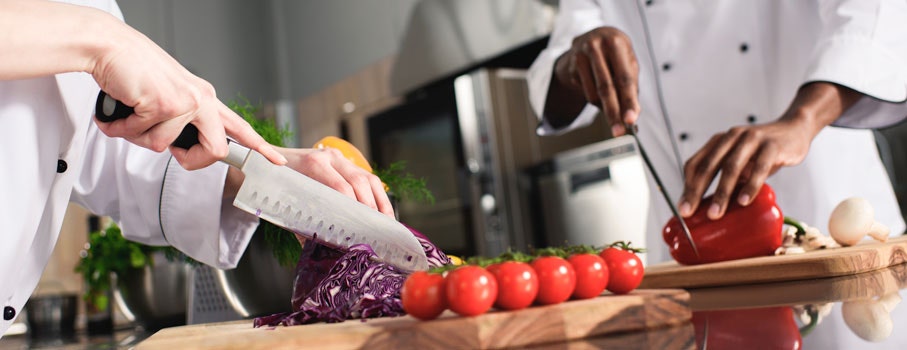
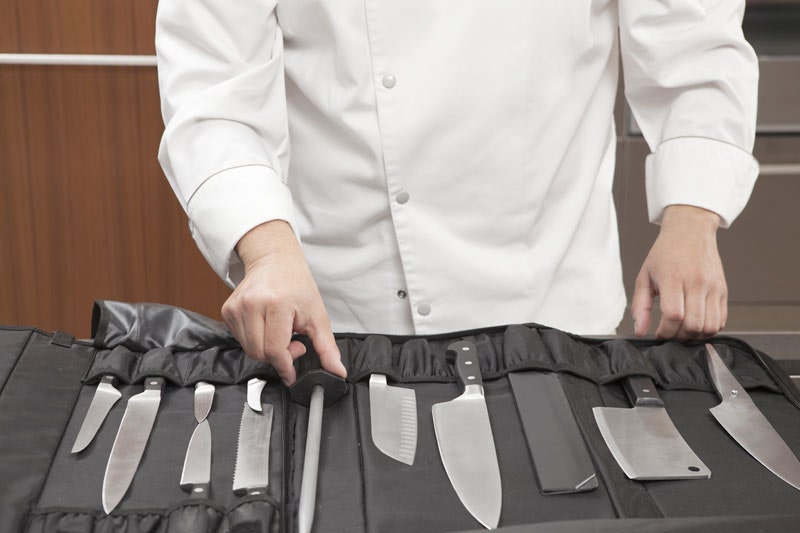
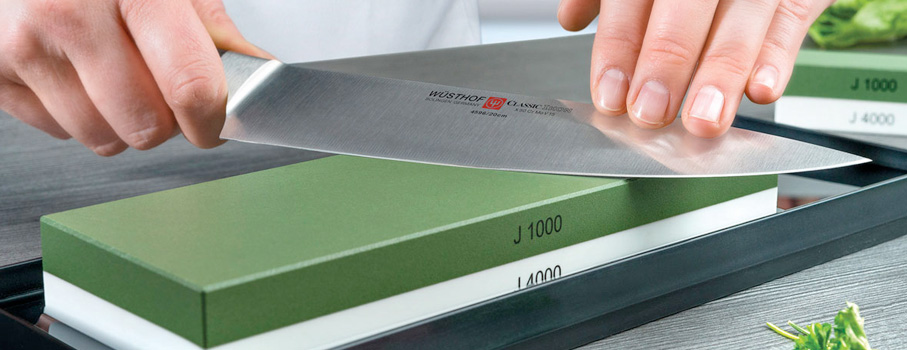
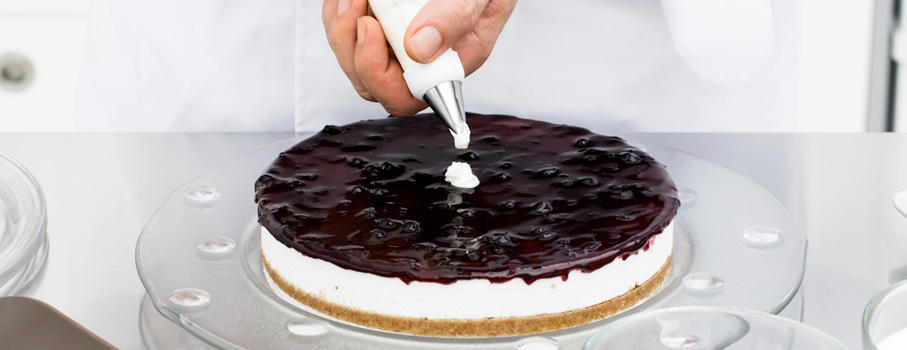

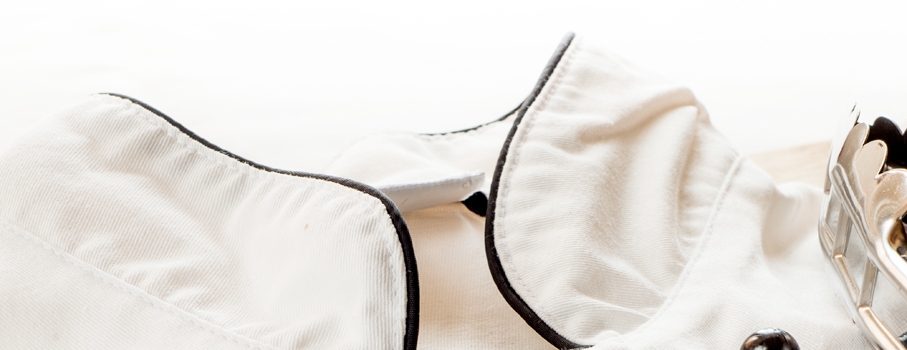
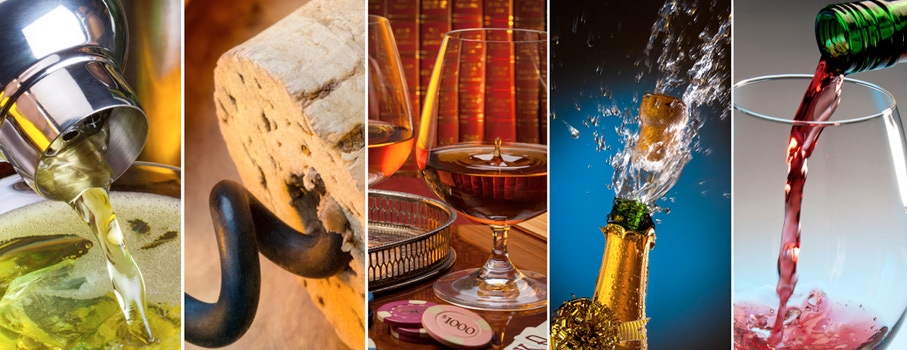
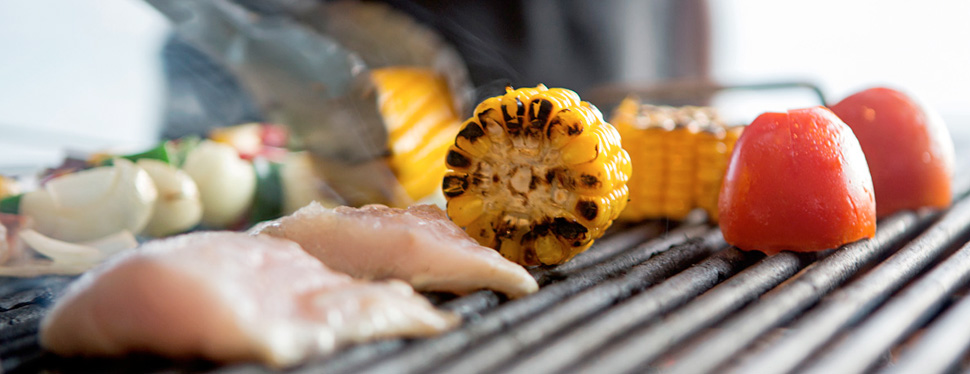

 IT
IT FR
FR
